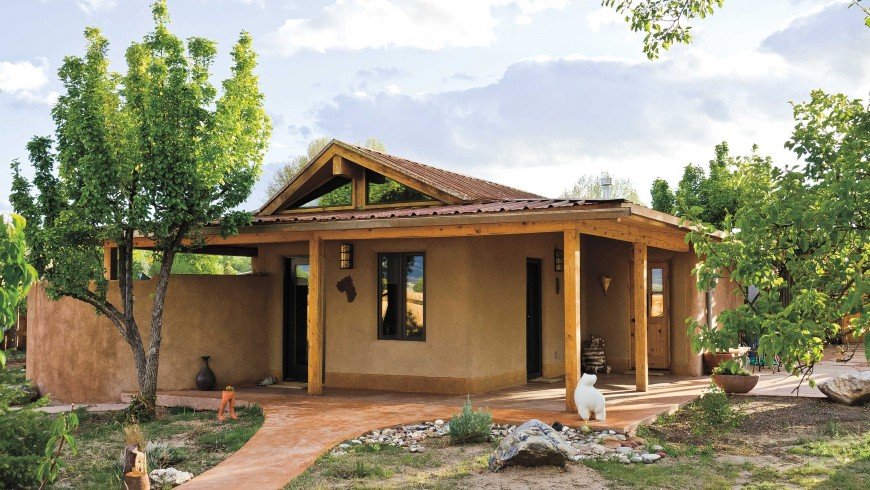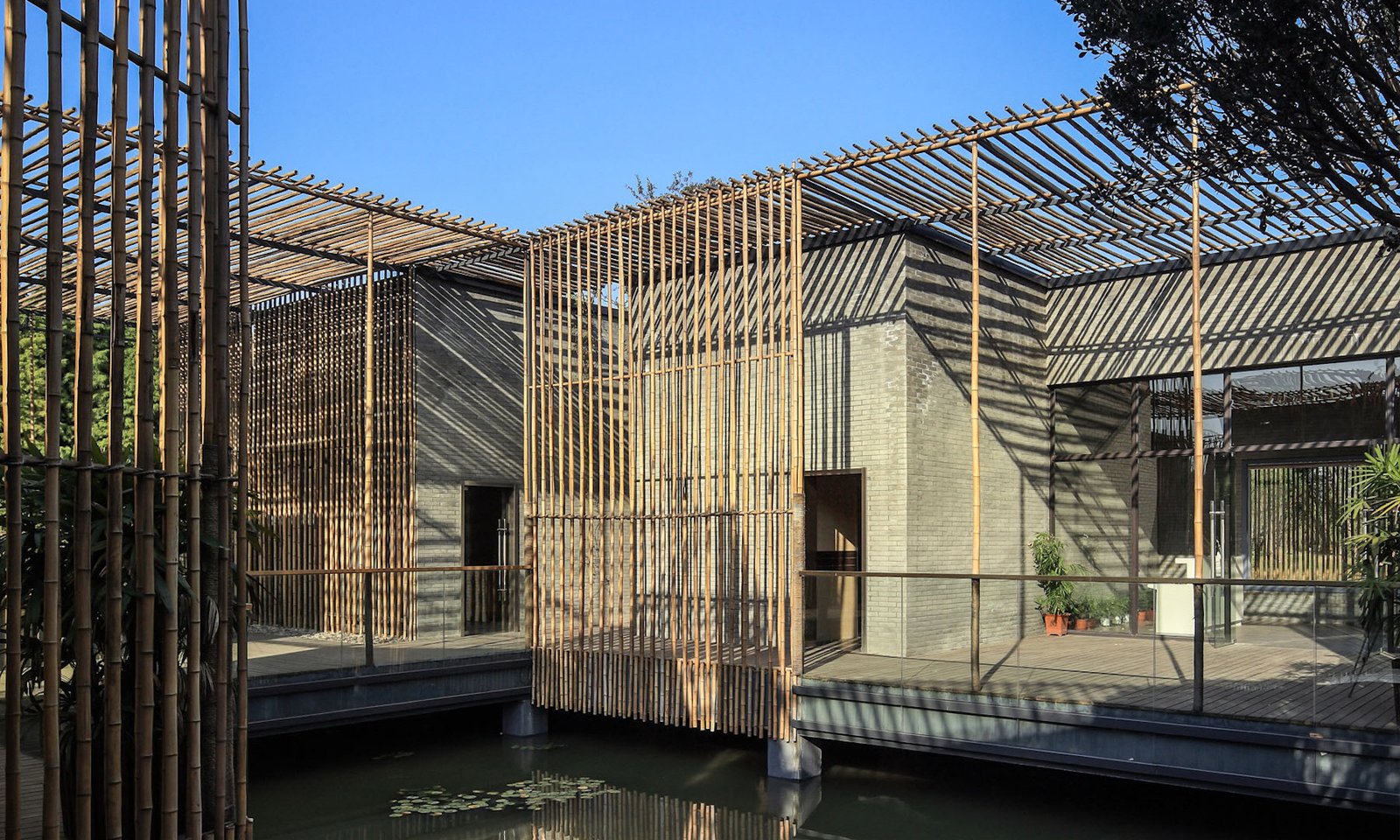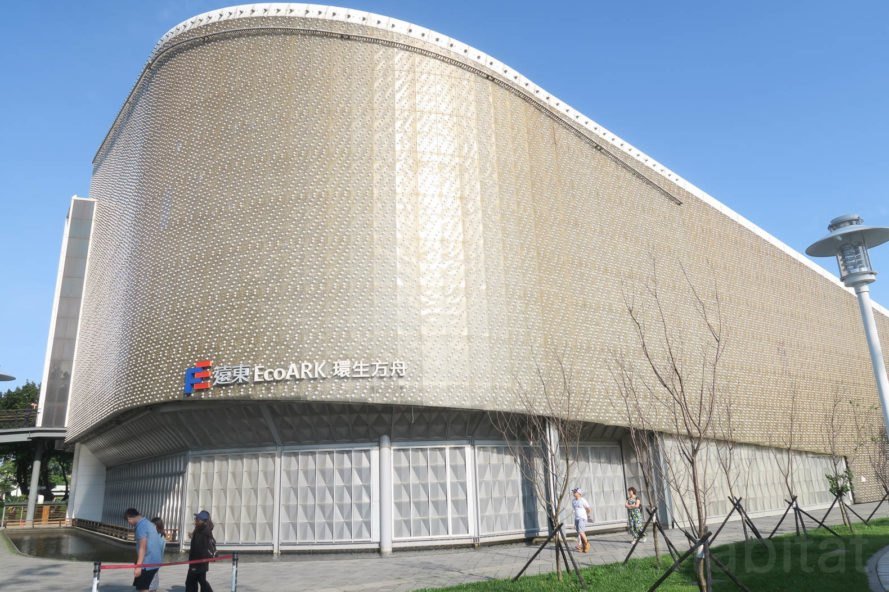The commercialization of cities has led to mass developments and constructions. The need of the hour is to make buildings which take minimum time to be constructed. Urbanization is making the cities crowded and dense. Which in turn is making the land prices high. The lack of a circular economy has also led to the accumulation of one-time-use products. Designers are now seeking options for alternative materials as a solution. These materials are sustainable and cost-saving, some of them are even recyclable. Urban skylines are dominated by concrete and steel with their glass facades. In contemporary times, many architects and designers are rethinking their take on material usage.
Here are some of the materials which have revolutionized the 21st-century buildings-
- Rammed earth
Rammed earth dates back to thousands of years. The Great Wall of China built on rammed earth is 2500 years old. The material in traditional architecture has proven to be an asset over the years. Although construction in rammed earth can be a bit tricky. Many modern structures built through it have faced technical issues due to their improper construction techniques. Although several other structures have created marvels through this material. For example, the Sheppard Lecture Theater at the Wales Institute for Sustainable Education has the tallest rammed earth wall of almost 7.2 meters.
- Straw
This alternative green material has been in use in its primitive form for several years. It has a low environmental impact. It is even readily available along with being fully recyclable.
The Casa Matia is a fine example of straw-bale construction with wood, plastic, and lime. The breathability of the walls makes the interior spaces airy.

- Bamboo
Bamboo being a primitive building material has been a part of the construction industry for several decades. It is lightweight with high tensile strength and has a good renewability factor.
The Bamboo Courtyard Teahouse by HWCD Associates designed by Chinese architect Sun Wei. It highlights the usage of sustainable methods of construction and also pays homage to the traditions in Chinese culture.

- Ferrock
This is a comparatively newer material although it has proven to be one the most sought after material in the construction industry. It is a blend of steel dust. The material has strong relevance to concrete but only better. It is even carbon neutral in nature. Ferrock can withstand compression before breaking. The material is much more flexible and resistive than normal cement.
With properties like this steel, dust is the upcoming material that can even be used as an alternative for concrete.

- Recycled Plastic
Instead of clogging landfills in the form of waste, plastic can be recycled to ground up into concrete. It can help in reducing the overall weight of the structure. The EcoARK in Taipei is built from 1.5 million plastic bottles. This in turn reduces the overall weight of the structure and also adds up as an aesthetic element.

- Paper rolls
Shigeru Ban has been the pioneer in introducing this material to the world. It is a sustainable and low-cost material. The time to assemble these rolls is also very less. Shigeru Ban uses beer crates or other used materials as a base for stacking these paper rolls with tensile fabric for roof systems.
The Paper Log Houses in Kobe, Japan were built on a similar principle with 52 sq. m of space built with just 2000 dollars. Apart from this, the houses can be easily dismantled and be reused. The paper rolls can be recycled.

Conclusion
These materials are sustainable and cost-effective alternatives. The value adds to a structure and even help in making them aesthetically appealing. With the current construction scenarios, these materials should be used as much as possible. They are recyclable and thus help in serving the cycle of establishing a circular economy which is the need of the hour.

